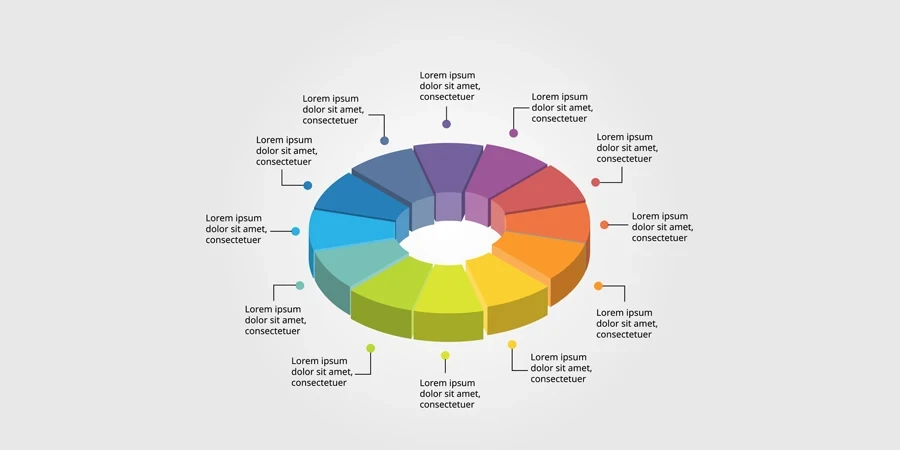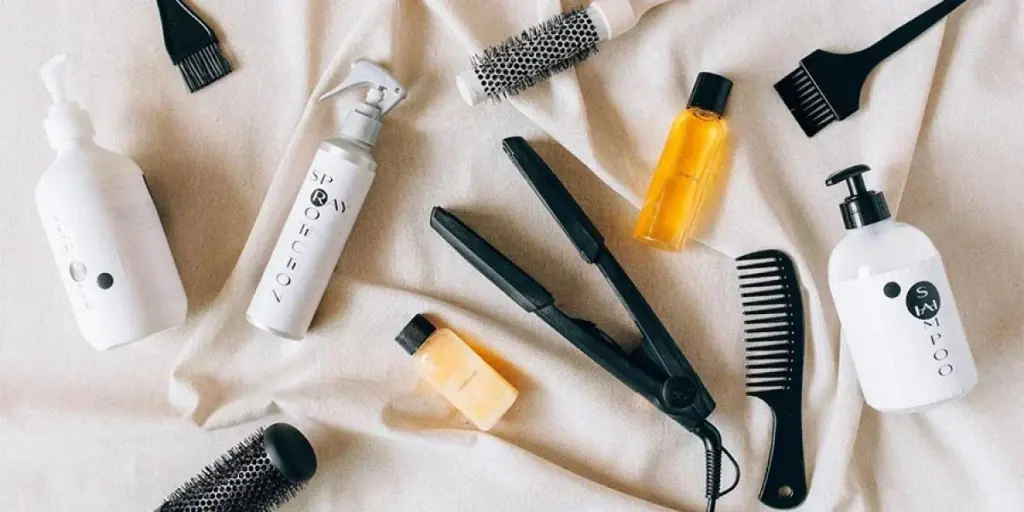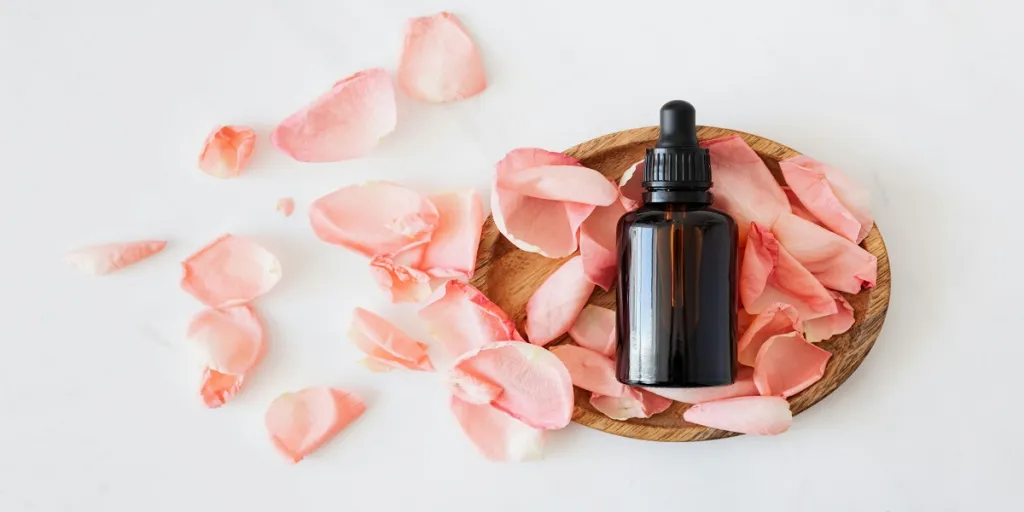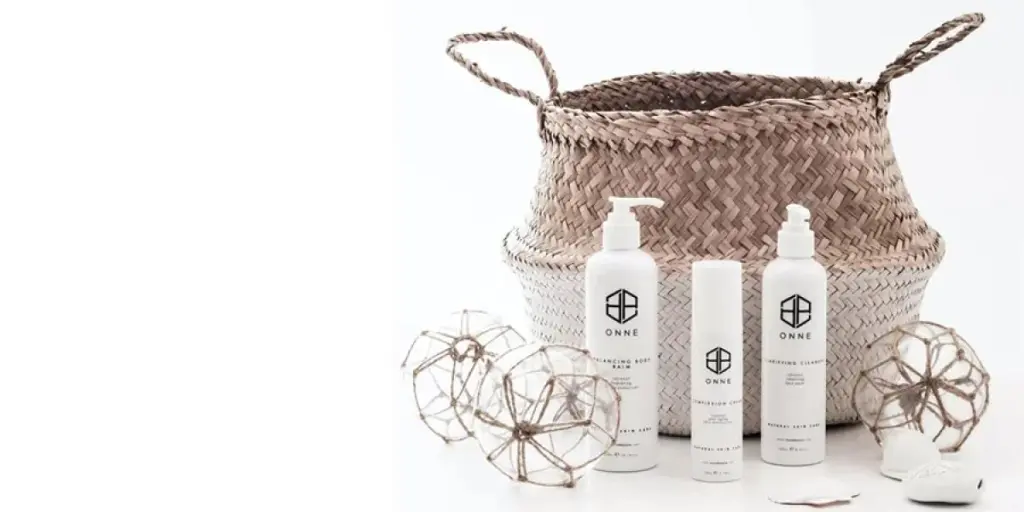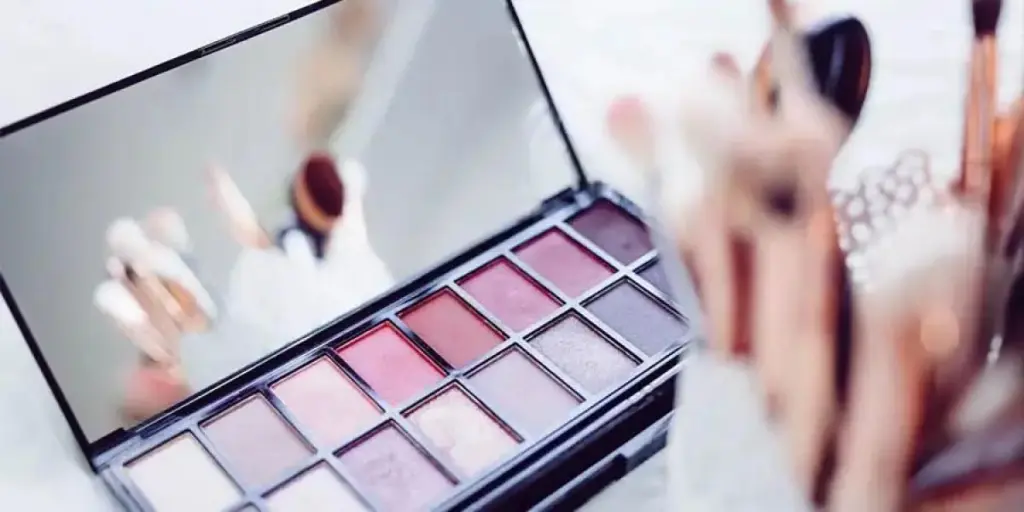Table of Contents
● Introduction: The Hair Color Wheel – Your Guide to Perfect Hair Color
● Understanding the Basics of the Hair Color Wheel
● Using the Hair Color Wheel to Choose Your Perfect Hair Color
● Mastering Hair Color: From Correction to DIY Application
● Conclusion: Embracing Your Best Hair Color
Introduction: The Hair Color Wheel – Your Guide to Perfect Hair Color
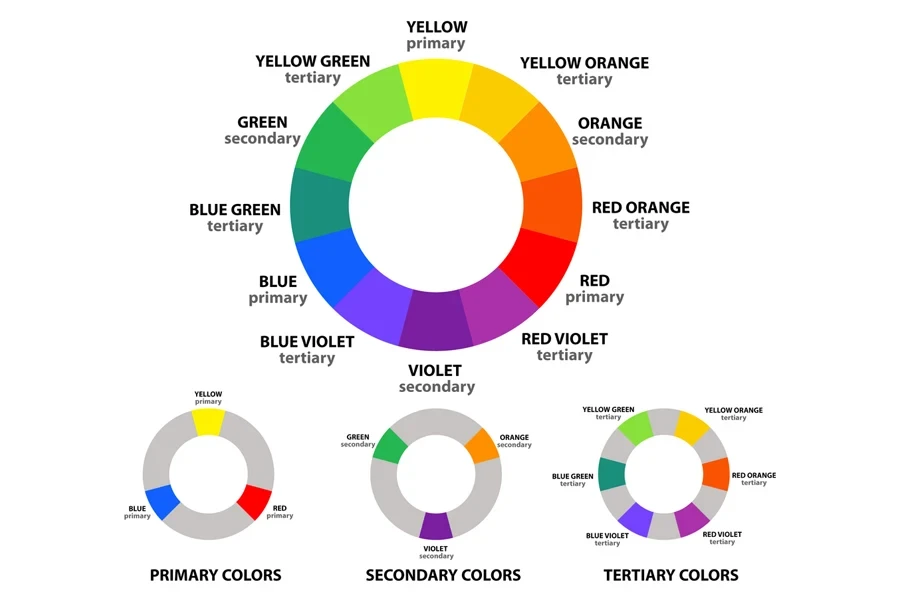
The world of hair coloring can be both exciting and overwhelming. With countless shades and tones to choose from, finding the perfect hair color that complements your skin tone and personal style can feel like a daunting task. Enter the hair color wheel – a powerful tool that can demystify the process of selecting and achieving your ideal hair color. This circular diagram, featuring a spectrum of hues, is not just for professional stylists; it’s a valuable resource for anyone looking to enhance their appearance through hair color.
At its core, the hair color wheel is a visual representation of how different colors relate to one another. It showcases primary, secondary, and tertiary colors, as well as the relationships between warm and cool tones. For consumers, understanding this wheel can be the key to unlocking a world of possibilities in hair coloring. Whether you’re looking to make a bold change, touch up your roots, or simply maintain your current color, the principles of the hair color wheel can guide you towards making informed decisions that result in stunning, flattering looks.
By familiarizing yourself with the hair color wheel, you’ll gain insights into which shades will enhance your natural features and which ones to avoid. You’ll learn how to neutralize unwanted tones, prevent brassy hues, and even tackle color correction at home. This knowledge empowers you to communicate more effectively with your stylist or to take on DIY hair coloring projects with confidence. As we delve deeper into the intricacies of the hair color wheel, you’ll discover how this simple yet powerful tool can revolutionize your approach to hair color and help you achieve the perfect hue for your unique style and complexion.
Understanding the Basics of the Hair Color Wheel
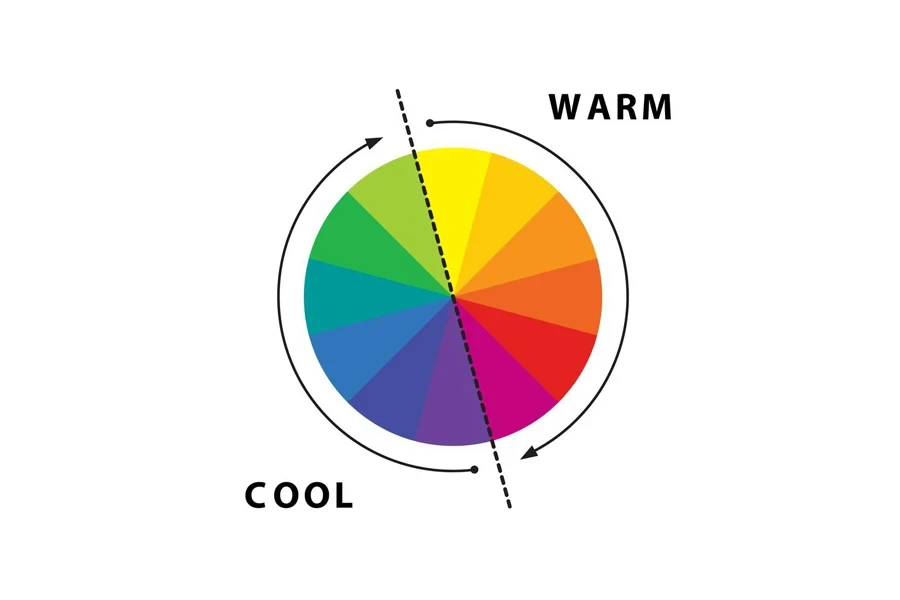
At the heart of the hair color wheel are the primary colors: red, blue, and yellow. These are the building blocks from which all other colors are created. When you mix two primary colors, you get secondary colors: green (blue + yellow), violet (blue + red), and orange (red + yellow). The spaces between these primary and secondary colors are filled with tertiary colors, which are created by mixing a primary color with an adjacent secondary color. Understanding this basic structure is crucial for grasping how different hair colors are formulated and how they interact with one another.
The hair color wheel is divided into two main sections: cool tones and warm tones. Cool tones include colors with blue, green, or violet bases, while warm tones have red, orange, or yellow bases. Your natural hair color typically falls into one of these categories. Cool-toned hair colors include ash brown, platinum blonde, and jet black. Warm-toned hair colors encompass golden blonde, copper red, and chocolate brown. Neutral tones, which sit at the center of the wheel, have a balance of both cool and warm pigments.
When it comes to hair coloring, the wheel helps explain how colors relate to the levels of lightness or darkness in hair. For instance, when hair is lightened, it tends to expose warm undertones. This is why blonde hair might turn brassy or why dark hair might reveal reddish tints when lightened. The hair color wheel also illustrates the concept of complementary colors – those directly opposite each other on the wheel. This principle is key in color correction, as complementary colors can neutralize unwanted tones. For example, purple-based products can counteract yellow tones in blonde hair, while green-based products can neutralize unwanted red tones in brunette hair.
Using the Hair Color Wheel to Choose Your Perfect Hair Color

Selecting the perfect hair color starts with understanding your skin’s undertone. Look at the veins on the inside of your wrist: if they appear blue or purple, you likely have a cool undertone; if they look green, you probably have a warm undertone. If you can’t tell or see both colors, you might have a neutral undertone. Once you’ve determined your undertone, you can use the hair color wheel to identify complementary hair colors. Generally, people with cool undertones look best with cool hair colors, while those with warm undertones shine with warm hair colors. For neutral undertones, both cool and warm shades can work well.
When choosing a hair color, consider the level of contrast you want to create with your skin tone. High contrast looks (like dark hair with fair skin or light hair with darker skin) can create a striking appearance, while lower contrast can offer a more natural look. The hair color wheel can help you visualize these combinations. For example, if you have a warm undertone and want a bold look, you might choose a rich copper or golden blonde. If you prefer a subtle change, you could opt for a warm brown that’s close to your natural color but with added dimension.
It’s equally important to understand which colors to avoid. Colors that clash with your undertone can make your skin appear sallow or washed out. For instance, someone with cool undertones might want to steer clear of orange-based reds or golden blondes, as these can clash with their skin tone. Instead, they might opt for blue-based reds or ash blondes. The hair color wheel helps illustrate these relationships, making it easier to predict how different shades will interact with your skin tone. Remember, while these guidelines are helpful, personal preference plays a significant role. The most important factor is that you feel confident and beautiful with your chosen hair color.
Mastering Hair Color: From Correction to DIY Application
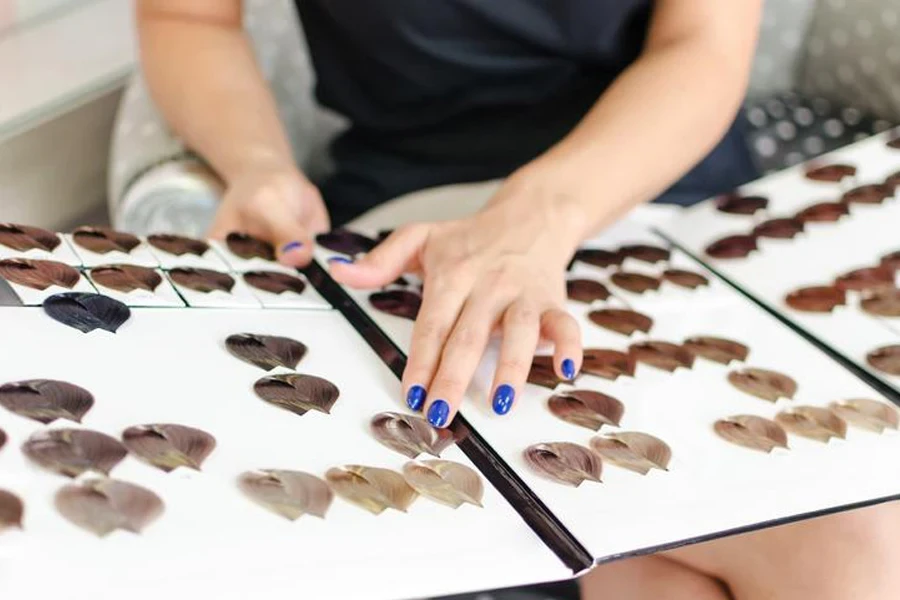
Color correction is an essential skill for maintaining beautiful hair color, whether you’re fixing a DIY mistake or combating unwanted tones that develop over time. The hair color wheel is your best friend in this process. For instance, if your blonde hair has turned brassy (too orange), you can use a purple-toned shampoo or toner to neutralize the unwanted warmth. This works because purple is opposite orange on the color wheel. Similarly, green-based products can help neutralize unwanted redness in brunette hair. When correcting color at home, always start with a small amount of product and gradually increase to avoid over-toning.
Maintaining your hair color between salon visits or touch-ups is crucial for keeping your color vibrant and healthy-looking. Use color-safe shampoos and conditioners that are specifically formulated for your hair color. For example, red hair colors, which are notoriously quick to fade, benefit from products designed to preserve red pigments. To prevent brassiness in blonde or lightened hair, use a purple shampoo once a week. For all hair colors, limiting heat styling and using heat protectant products can help maintain your color’s vibrancy. Additionally, wearing a hat or using UV-protective hair products when spending time in the sun can prevent color fading.
For those brave enough to color their hair at home, understanding the hair color wheel can lead to better results. When selecting a box dye, pay attention to the undertones described on the packaging. Choose a shade that complements your skin tone based on what you’ve learned about the color wheel. Before applying all-over color, always do a strand test to ensure you’re happy with the result. If you’re nervous about a dramatic change, consider starting with semi-permanent color, which gradually fades over time. Remember, while DIY coloring can be cost-effective, some processes, like dramatic color changes or correcting severe color mishaps, are best left to professionals who have in-depth knowledge of the hair color wheel and access to professional-grade products.
Conclusion: Embracing Your Best Hair Color
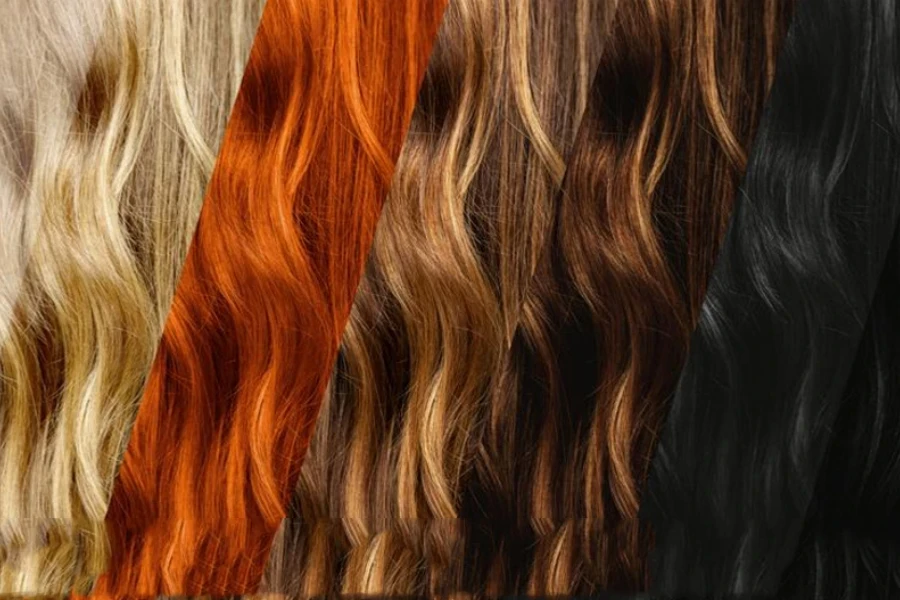
Understanding the hair color wheel empowers you to make informed decisions about your hair color, whether you’re visiting a salon or coloring at home. By grasping the relationships between colors, you can choose shades that enhance your natural beauty, effectively maintain your color, and even correct common hair color issues. Remember, while the hair color wheel provides valuable guidance, personal preference and confidence are paramount. Don’t be afraid to experiment with different shades within your complementary color family, or even venture outside of it if you’re feeling bold. The perfect hair color is ultimately the one that makes you feel most like yourself. Armed with the knowledge of the hair color wheel, you’re now equipped to embark on your hair color journey with confidence, whether you’re touching up your current shade, trying a new hue, or maintaining your color’s vibrancy between treatments.
